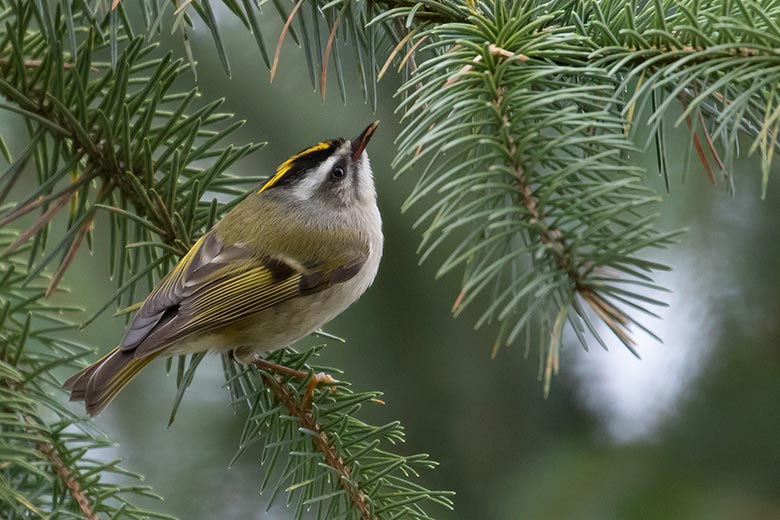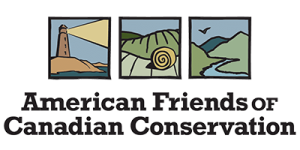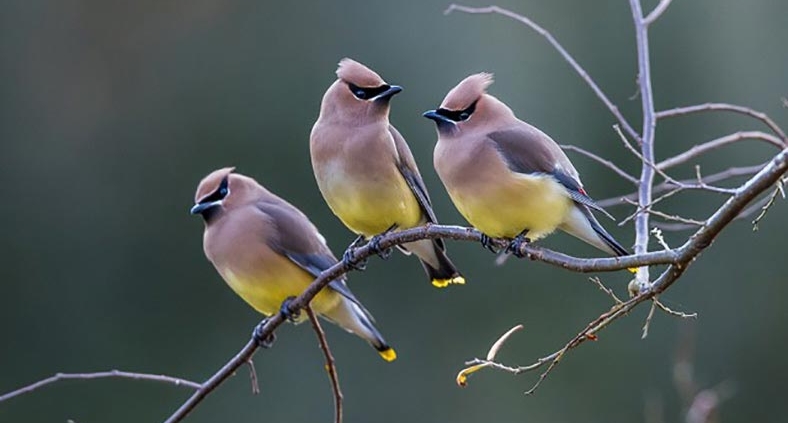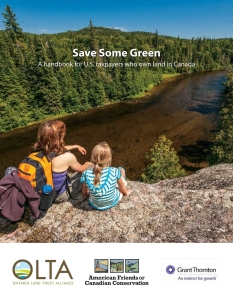Saving Our Songbirds
Birds herald the spring with their songs, protect our crops from pests, and astound us with their beauty and versatility. The Vancouver Avian Research Centre is working to guarantee the future of these remarkable creatures.
 Photo courtesy of VARC
Photo courtesy of VARC The haunting minor-key song of the Varied Thrush announces the arrival of spring in Oregon, Washington and British Columbia’s coastal forests.
The annual north/south migrations of many bird species connect Canada and the US. Canadians, referred to as “snowbirds,” arrive each autumn in their southern US habitats and return home in the spring. In non-pandemic years, Americans travel north to their summer environs in Canada and head back to the US ahead of winter. Real bird migrations follow the same rhythm but for them migration is a matter of survival. Covid-related border closures don’t stop the seasonal avian journey, but many hazards make their migrations dangerous. Since 1970, North America has lost 2.9 billion birds!
The Vancouver Avian Research Centre (VARC), one of American Friends’ newest partners, works to safeguard birds and their habitats to ensure their long-term survival. VARC studies the health and populations of bird species that migrate through western British Columbia, providing valuable insights to guide effective conservation.
VARC, which is operated almost entirely by volunteers, strives to communicate that migratory birds need winter and summer homes, and secure sites to rest and refuel on their grueling annual trips. One of those sites is Colony Farm Regional Park, a 260-hectare (650 acre) park at the confluence of the Fraser and Coquitlam rivers, in suburban Vancouver where the old fields, hedgerows and wetlands provide habitat for over 200 bird species.
 Photo courtesy of VARC
Photo courtesy of VARC Yellow-breasted Chat is the largest member of the warbler family. It winters in Central America.
VARC’s field station at Colony Farm is where they monitor and band migratory birds. This work also increases public awareness of environmental issues through the inspiring experience of interacting with wild birds. Since 2009 VARC has banded more than 50,000 birds of 99 species, many of which stopped at Colony Farm during migration. See if you can identify the species in this video! Data gathered by VARC is submitted to the North American Bird Banding Program.
 Photo courtesy of VARC
Photo courtesy of VARC Short-eared Owls hunt in open fields, like those at Colony Farm, during the day.
Derek Matthews, a North American Banding Council (NABC) certified trainer and his wife Carol, co-founded VARC. They conduct workshops for adults including an introduction to Bird Monitoring and Banding and a Bird Identification Workshop. Participants are thrilled to see birds up close, and to learn about their life cycle and habits. VARC also offers programs for students, at schools and summer camps.
 Photo courtesy of VARC
Photo courtesy of VARC Banding records reveal that Golden-crowned Kinglets that nest in Canada migrate into the US for the winter, but many US populations stay put.
Recently VARC launched the “Saving Our Songbirds” (SOS) initiative to supply 7 simple actions we can all take to protect the world’s bird populations. Currently VARC is focused on preventing “window strikes” which kill up to one billion birds each year in North America. SOS educates the public on this issue and encourages homeowners to act right away to create a safer urban environment for migratory birds.
 Photo courtesy of VARC
Photo courtesy of VARC Lazuli Buntings are flashy spring/summer residents of the western US and southern BC. Western Mexico is their home during fall/winter.
Learn more about Vancouver Avian Research Centre by watching the video created for Giving Tuesday or the one about banding hummingbirds. American Friends of Canadian Conservation is pleased to support VARC’s research, conservation and education initiatives. Contribute today to help migratory birds continue their remarkable seasonal journeys for generations to come. You can make a secure (US) tax deductible donation online, or get a Canadian tax receipt by contributing on VARC’s website.

 Vancouver Avian Research Centre
Vancouver Avian Research Centre


